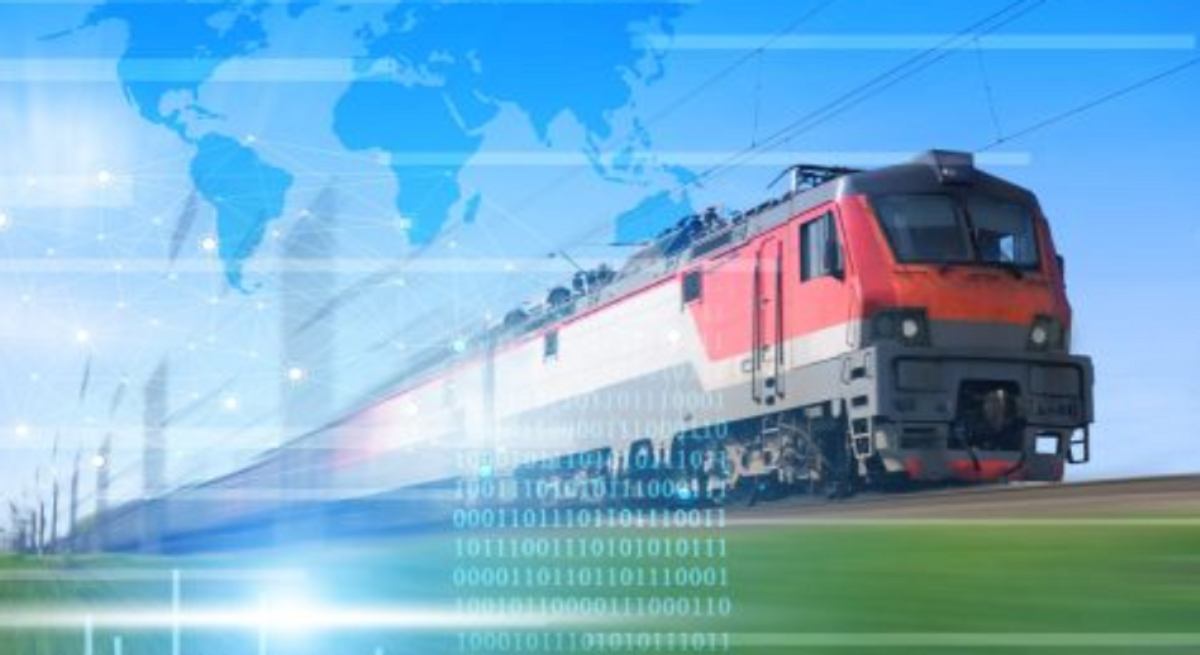As the European Union (EU) continues moving toward its goal to double rail freight traffic by 2050 in the name of more sustainable logistics operations, the policy could drive growth in demand for internet of things (IoT) and shipment tracking technologies, according to the asset intelligence provider Nexxiot.
That change in demand for supply chain tech could come sooner than people think, as the EU has also set an intermediate goal of shifting 30% of road freight moving over 300 kilometers (about 185 miles) to rail and waterborne transport by 2030.
As it eyes those shifts, Nexxiot today said it has named a new CEO to guide the company through its next phase of growth. The Swiss firm has picked Maximilian Eichhorn as its new chief, saying the executive is experienced in steering digital innovation and creating scalable value for transportation clients.
Eichhorn had previously worked as 'vice president digital products and services' for Knorr-Bremse, a German manufacturer of rail and commercial vehicle systems and auto parts, employing some 33,000 people and earning revenues of $8.5 billion.
Nexxiot is much smaller, with around 120 people employed worldwide. But the firm says it has the largest IoT device fleet of its kind globally, with around 1 million digital railcars and shipping containers deployed. That approach is designed to deliver better cargo and supply chain transparency by marrying Industrial IoT (IIoT) and Big Data analytics, to merge the physical and digital worlds.
According to Nexxiot, it can provide “easier, safer, cleaner global transportation for all” by providing a new hardware layer that can support a single source of truth. “The people who make the supply chain work have been underserved,” Eichhorn said in a release. “They work in tough, physical, and sometimes dangerous conditions, with adverse weather and heavy moving parts. Vital cargo winds its way around the world to where it’s needed, thanks to their resilience and dedication to solving problems. Their real problem, however, is that information is in silos and they don’t have the right tools to hand.”
















